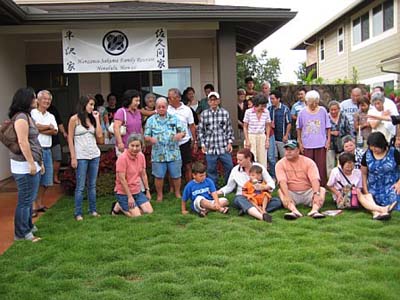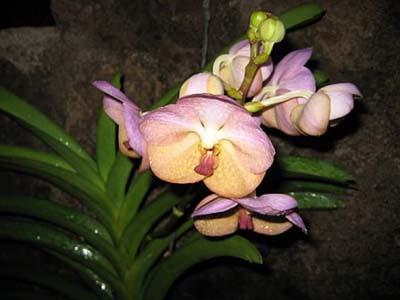Hawaiian Eye – Pt. 2 (The Pre-Party)
 |

 |
 |
 Think “ukulele†and you’ll invariably get a quaintly exotic image in your head (and the wrong pronunciation – it’s “oo-koo-leh-leh,†not “you-koo-leh-lehâ€): warm sun, swaying grass skirts, coconut bras, colorful cocktails with umbrellas, and palm trees and a beach in the background.
Think “ukulele†and you’ll invariably get a quaintly exotic image in your head (and the wrong pronunciation – it’s “oo-koo-leh-leh,†not “you-koo-leh-lehâ€): warm sun, swaying grass skirts, coconut bras, colorful cocktails with umbrellas, and palm trees and a beach in the background.
It’s true, the ukulele is a stringed instrument that was born in Hawai’i (albeit it has its actual origins in a Portuguese instrument that was brought to the islands by 19th century sailors) and given its name, which means “jumping flea†in Hawai’ian. And it’s also true that the ukulele, which basically looks and acts like a miniaturized, four-string guitar, has helped spread Hawai’ian music and culture for a century, since Hawaiian music first caught the fancy of mainlanders during a 1915 exposition in San Francisco.
But the cute little uke isn’t just a tool for strumming up tourism to Honolulu.

This website uses cookies to improve your experience. We\'ll assume you\'re ok with this, but you can opt-out if you wish. Read More


